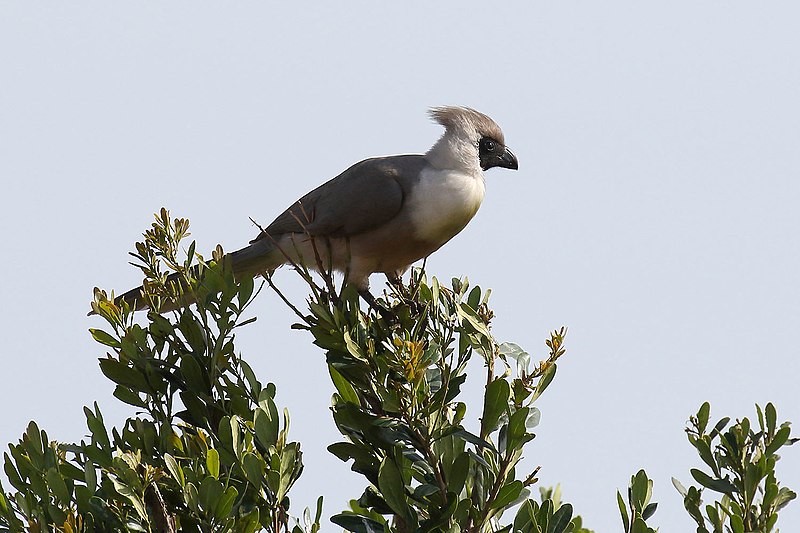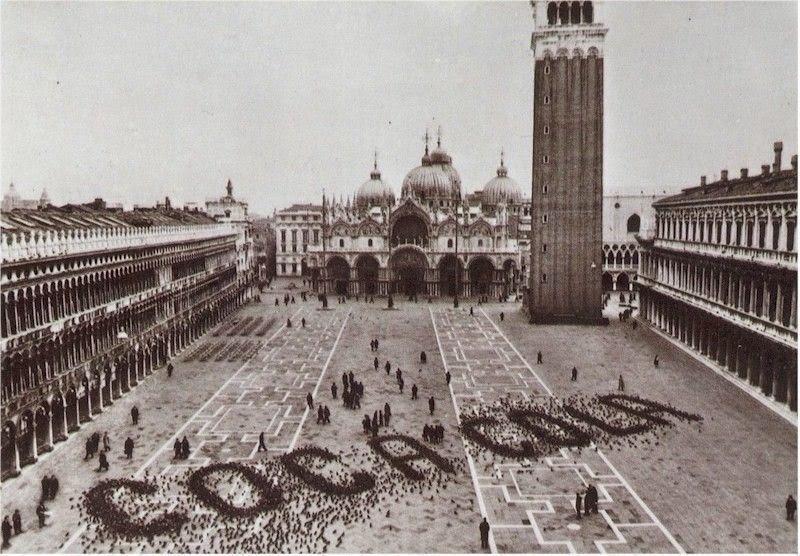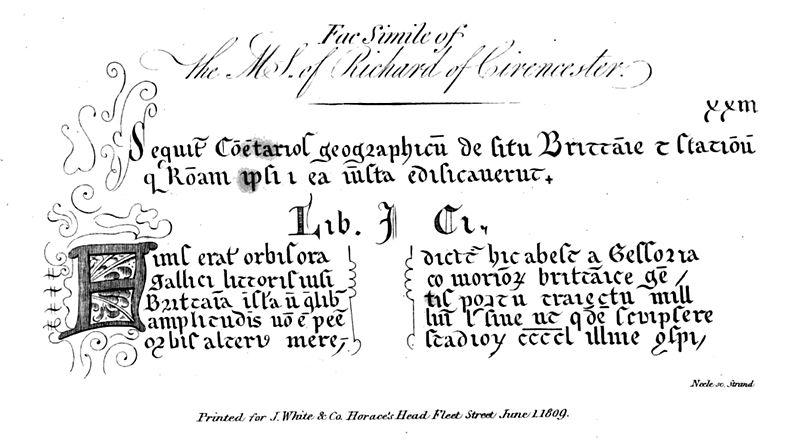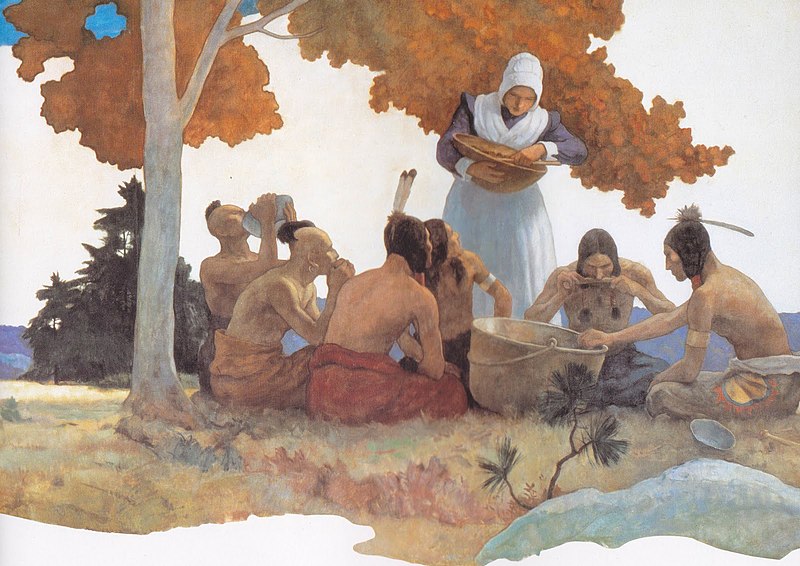Called on to give an after-dinner talk at a 1961 meeting, Los Alamos physicist Darol Froman proposed a new project “without much attention to some of the practical aspects”: What if we turned Earth into a giant spaceship and drove it around? If we built a fusion rocket and fed it the moon and some damp sand, it could (in principle) carry us out of orbit. Our atmosphere would protect us from interstellar radiation, and we’d be free of the worry of our sun’s impending death.
It might take 100 million years to make our way out of the solar system, but by accelerating smoothly and sacrificing 4 percent of the planet’s mass we might have enough fuel to travel for 8 billion years. We could harvest deuterium from the oceans to generate heat and light during the journey, which might cover 1,300 light-years, and if we can refuel (“i.e., fill an ocean or two”) at hospitable planets then we might continue in this way indefinitely, exploiting the pull of stars along our path to help with navigation.
“I predict a pleasant existence in space — we will get away from the daily grind,” he said. “Perhaps we shall not wish to join another star — life in space may be more desirable.”
(He added, “I haven’t yet figured out a good way to leave certain people behind. It has been suggested that we use them for propellant. The human body is not constituted with quite as good proportions of the elements for our propellant as is damp sand. Nevertheless, the proportions are not too bad and we can in this way take care of the problem of overpopulation.”)
(Darol Froman, “The Earth as a Man-Controlled Space Ship,” Physics Today 15:7 [July 1962], 19-23.)




